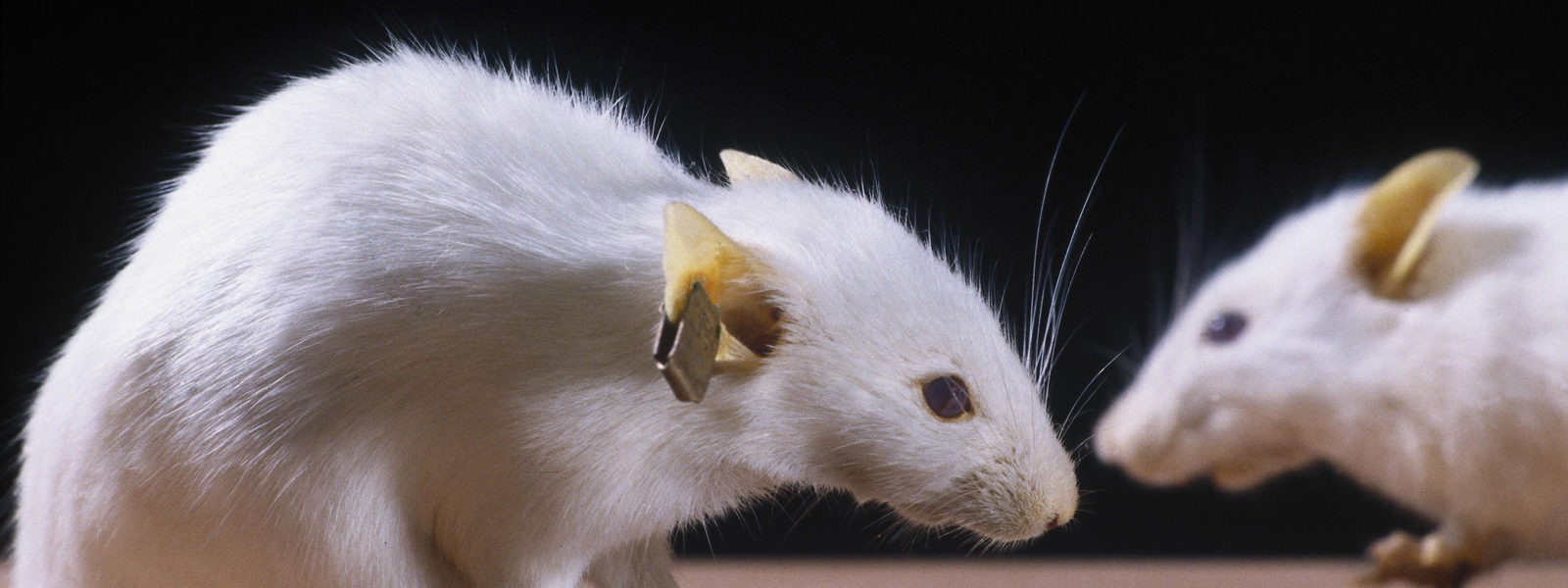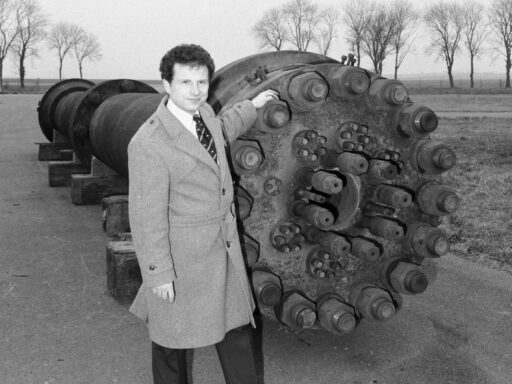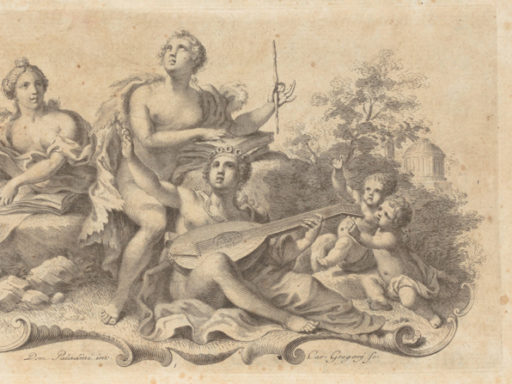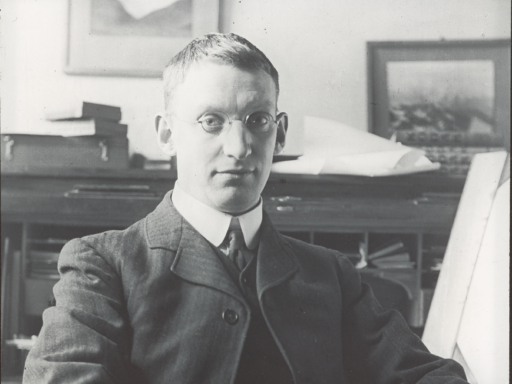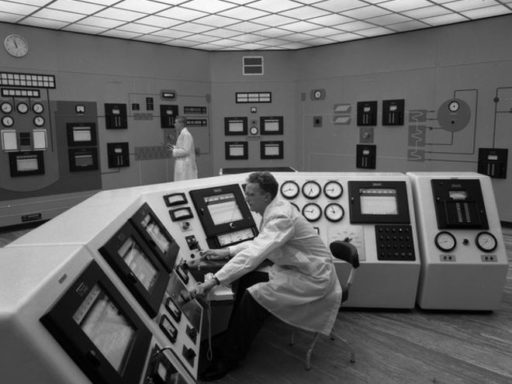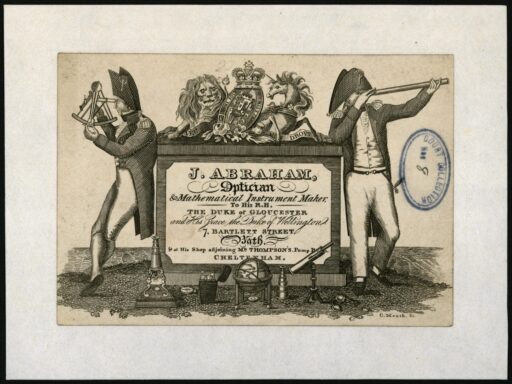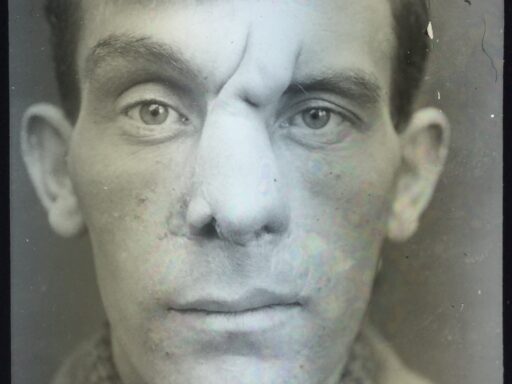Issue 13 appears in the midst of an epidemic when it seems important to remind ourselves not only that normal functions of research and publication are continuing but that digital channels such as this Journal have the power to reach scholars and readers across the world who are cut off from the social sites of libraries, museums and universities. This issue reminds us of the richness of our cultural spaces and the research relating to them. Three articles here are concerned with objects within exhibitions: a conversation among curators and researchers explores the politics behind the redisplay of the ‘Blue Whale’ at the Natural History Museum, while Stewart Emmens describes the development process behind the ‘Wounded’ exhibition at the Science Museum. Our writing-prize winner Daniel Belteki takes a more biographical route, tracing the journey of an astronomical model from creation through various displays to its deaccession. Other articles shine a light directly on objects and collections: reflecting on her research on the Science Museum’s collection of vision aids, Gemma Almond discusses the value of large, anonymous and often uncatalogued collections to researchers; meanwhile, Jason Bate shows how the Royal Society of Medicine became active in lantern projection, circulation and popularisation as a scientific teaching practice in First World War Britain. Within this open issue, we present a collection of papers celebrating the work of recently retired senior curator Robert Bud. With an introductory essay on methods of curating by Tim Boon, distinguished authors take aspects of Roberts work and interests and explore their wider influence: Helmuth Trischler discusses the acceptance of the role of material culture in historical studies, Bernadette Bensaude-Vincent looks at the use of the term ‘applied science’ in historical studies in France, Jeff Sturchio explores the use of chemistry in Kenneth Mees’s work at Eastman Kodak, while Alison Boyle looks at the ways that Robert influenced contemporary collecting at the Science Museum. Three literature reviews and an exhibition review of St Fagans National Museum of History in Wales complete this issue. We publish it with particular thanks to authors, reviewers and staff who have worked so hard to meet deadlines in difficult circumstances.
Menu

